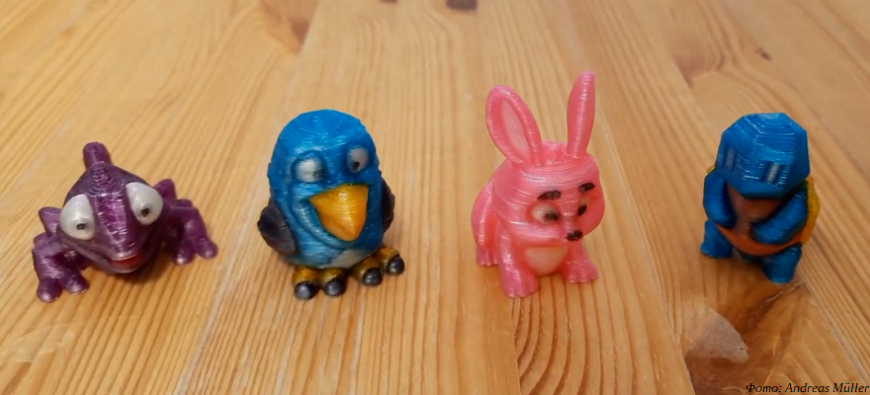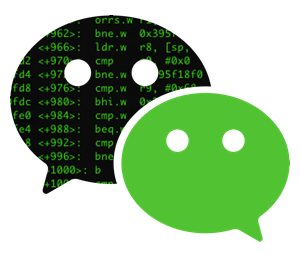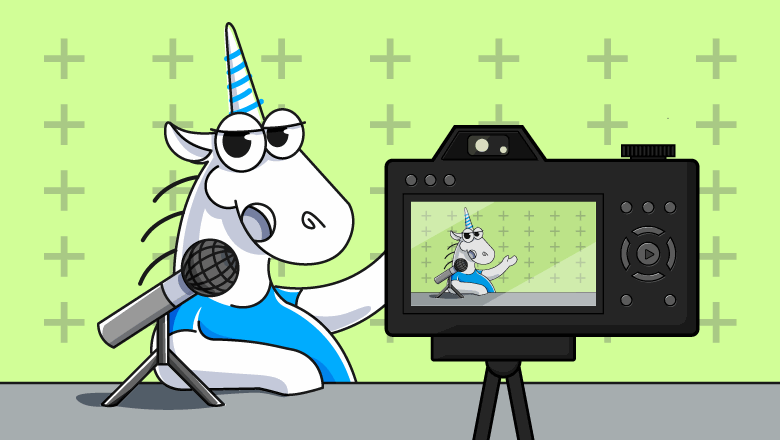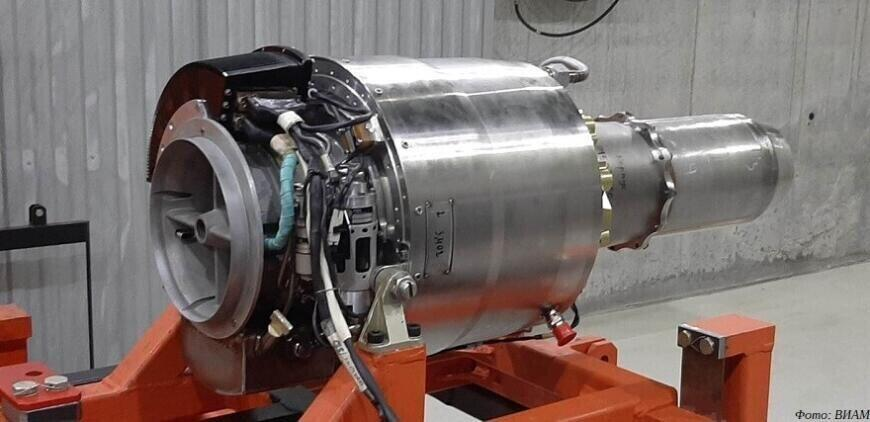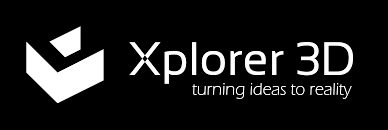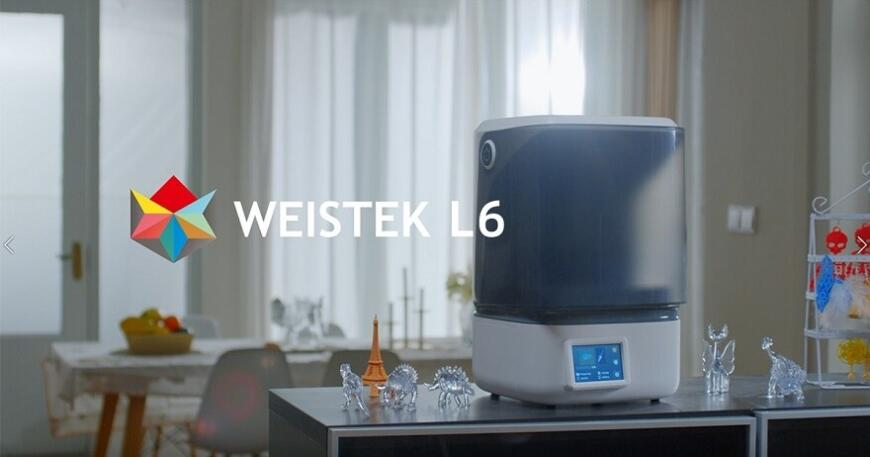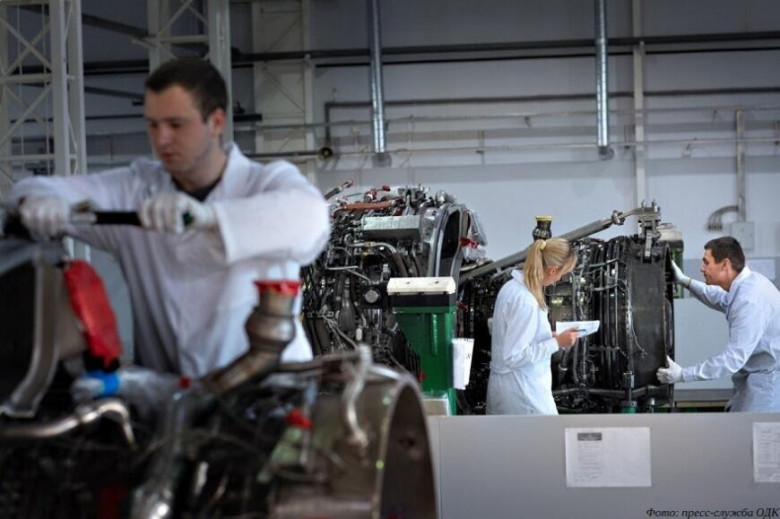Creating databases using 3D-scanning
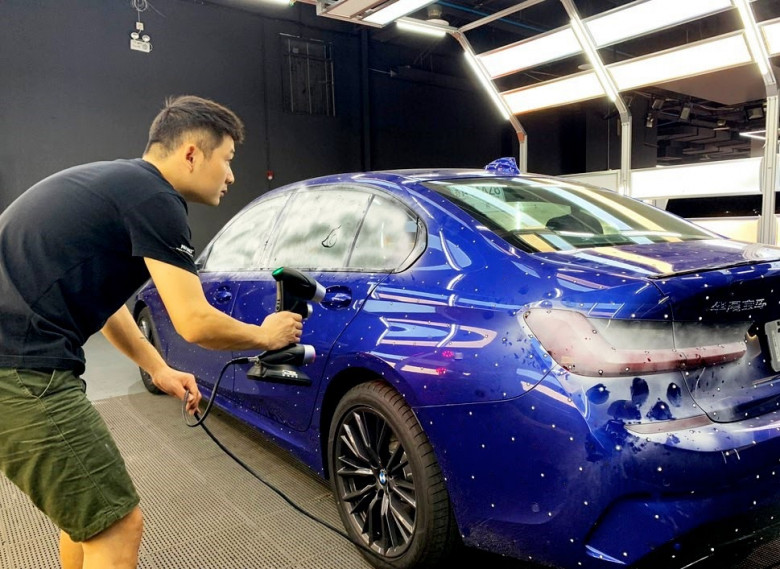
Eco-friendly invisible car film is a thermoplastic urethane, often self-healing film that is applied to the painted surfaces of a new or used car to protect the paintwork from stones, scratches, crushed insects, and minor damage. It is able to effectively resist natural oxidation caused by prolonged exposure to atmospheric conditions as well as protect the car from scratches and sand.
Recently, one owner of a BMW 3 Series wanted to apply a protective film onto his car but could not find any suitable product on the market. This prompted him to have the invisible film custom-made.
Film for protecting paintwork is divided into two categories: cut on plotters using PC files prepared in advance and cut by hand. The differences between them are as follows: for computer-cut films, the cutting process precedes gluing and is carried out in accordance with the data of the car prototype, with the fitting process requiring high accuracy; installation of hand-cut film is carried out in reverse order.
The biggest advantage of computer cutting is its safety. The hand-made option inevitably involves cutting over the paintwork and removing parts (for example, logo, door handles). During the process, the paintwork can get scratched, while computer cutting is relatively safe.
In addition, computer-cut films, which are delivered as finished products, can significantly reduce raw material costs and operator skill requirements, thereby increasing operational efficiency.
Despite the obvious advantages of computer-cut films, they often impose extremely high data requirements on prototype vehicles — meeting production needs can only be achieved through the availability of large, constantly updated databases. Thus, such films are not suitable for vehicles with non-standard body kits, discrepancies with the factory version, etc.








